Welcome to Red Young Productions

HISTORY
Red Young’s Musical Life and History
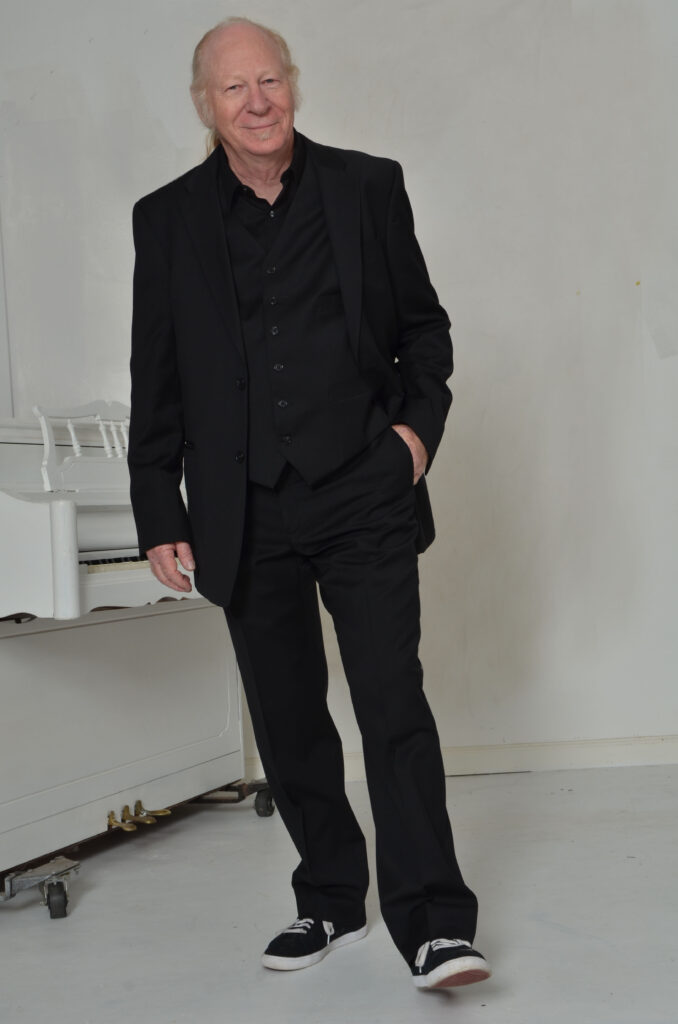
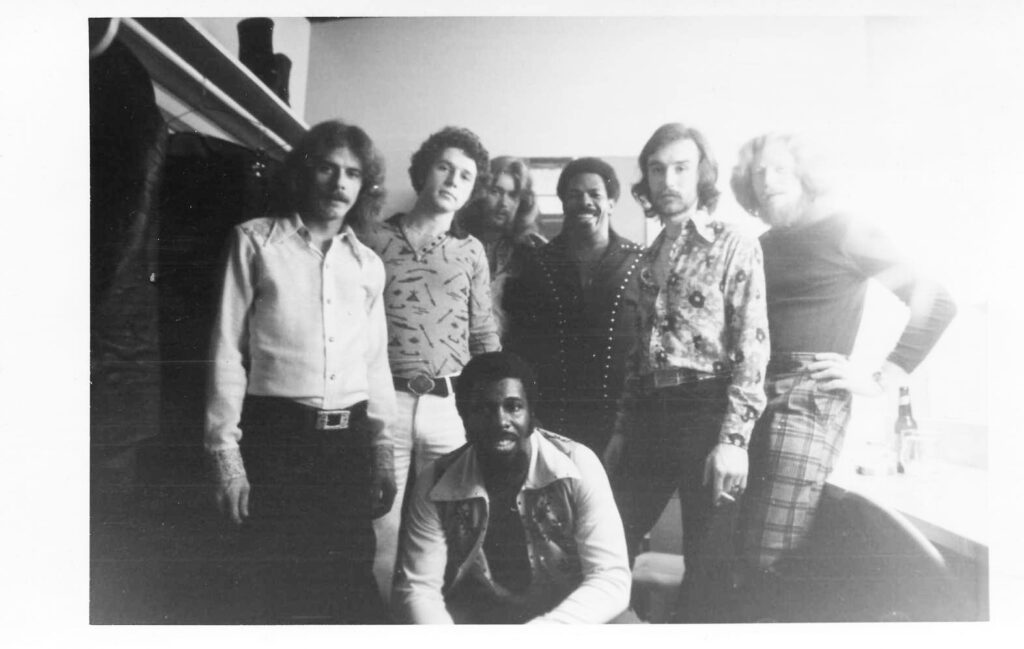
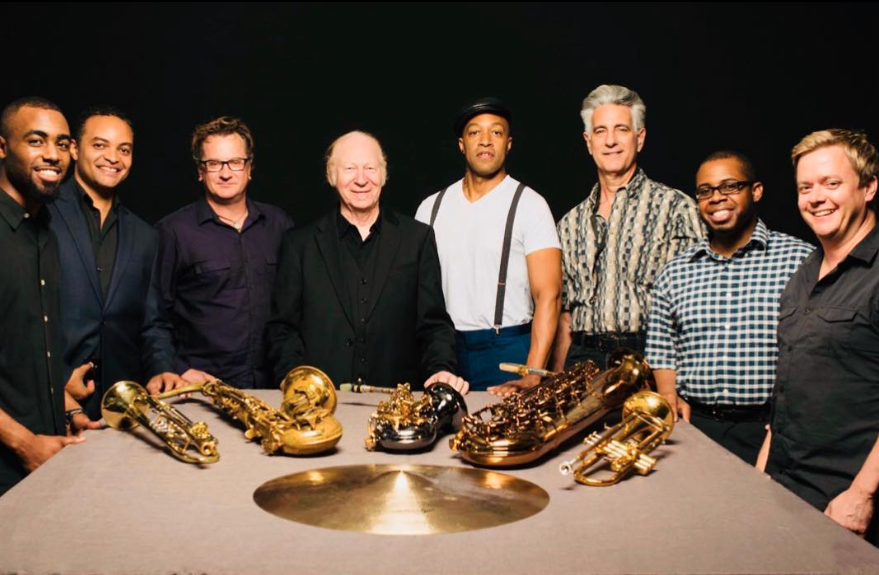


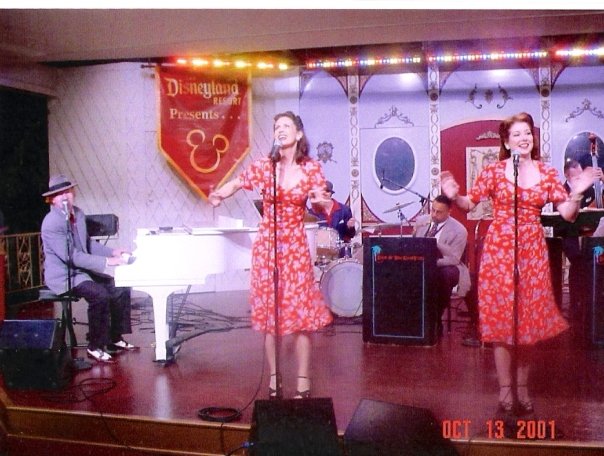
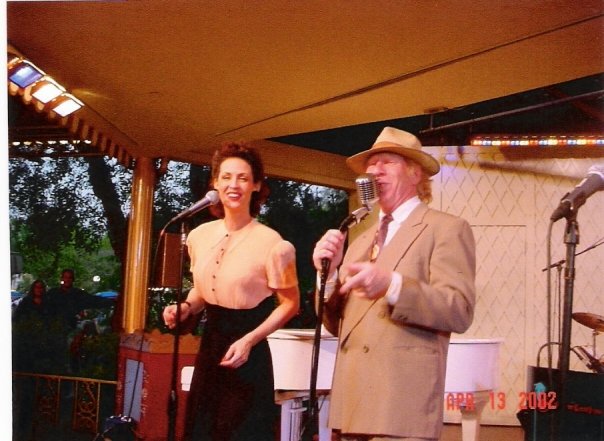
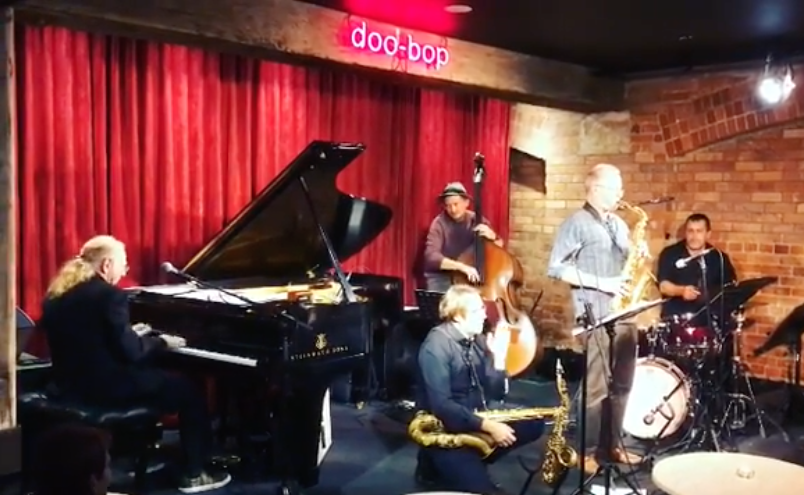
Throughout his very productive and busy career, Red Young has covered a great deal of musical ground. While he is often associated as a sideman with blues, jazz and a bit of country as an organist, pianist, arranger, and composer, Red has an extensive resume and album credits as a leader and vocalist as well with his 8 piece Red Young & His Hot Horns and Red and the Red Hots which featured two female singers making it a vocal trio. And over the year he also performed in smaller groups – Hammond organ trios and quartets, piano groups and solo performances. And no matter what music he plays – his own or others – his dedication to playing great music no matter what genre, Red always puts his own spin on the songs. Throughout the years, he has performed, recorded and toured with Lloyd Price, Sonny & Cher, Joan Armatrading, Dolly Parton, Linda Ronstadt, Eric Burdon and many others. In the past two decades he has primarily worked with his own groups and friends around the world. When he is not traveling, he performs regularly in the clubs in Austin and Ft Worth, Texas as well as other places within driving distance.
Music has been a major part of Red Young’s life from the beginning. He remembers, “My grandmother was a church singer who taught me songs when I was three. I started taking classical piano lessons when I was five. My Dad was a trumpet player who stopped playing when he was in his twenties, but he had a really great record collection of 78s and LPs so early on I heard Louis Armstrong, the Mills Brothers, Duke Ellington, Ella Fitzgerald, Mahalia Jackson, the Nat King Cole Trio and Count Basie which was certainly unusual for a kid my age in Fort Worth, Texas at that time.”
Red Young performed Chopin at his first classical piano recital when he was ten and one of his teachers introduced him to Van Cliburn, who won the Tchikovsky competition in Moscow in 1958 and elevated American pianists to world class (including a parade in NYC – the only musician to be honored in that way). Instead of pursuing a classical career, Red chose to go a different direction and by the time he was in junior high school, he accompanied the chorus and singers and became involved in vocal music and then while listening to Wolfman Jack and WRR in Dallas Blues Caravan, he was turned on to blues, rock and roll and jazz. Being blessed with perfect pitch, as soon as he knew the notes of the piano, could pick out whatever he heard on records. sp Red learned to play stride piano, and became inspired by Dave Brubeck, Oscar Peterson, and Bill Evans, and worked for a period in a Benny Goodman style swing trio (piano, drums & clarinet) and formed an early band with young musicians inspired by that music. He also sang in youth choirs and became known as a vocal accompanist playing for his student friends. Red learned his skills of accompaning singers by playing for his grandmother in church when he was nine. In junior high and high school he accompanied the chorus and wrote vocal and instrumental arrangements and also had a jazz combo and band that played the music he liked.
Then he heard Ray Charles, James Brown and BB King and with friends put together his first popular high school group, the Committee which played dances and since the British Invasion (The Beatles, the Animals, the Kinks and others) they were in the a go go circuit but instead of just those groups, they went back to the roots and local favorites – Delbert McClinton, Ray Sharpe, Bruce Chanel, Freddy King and King Curtis Ousley. Bruce had a hit record in 1962 with “Hey Baby” and it was a hit worldwide and was invited on a tour of England and on occasion the opening band was the Beatles, Delbert McClinton played harmonica on the record and legend has it that John Lennon asked Delbert to show him how he was playing harmonica and you can hear the influence on “Love Me Do” and other Beatles songs of the era. King Curtis who was from Ft Worth moved to New York and eventually became the leader and musical director for Aretha Franklin but he had a hit on Soul Twist which sold well in Ft Worth and also lifted the posibilities for many local musicians. Freddy King who was from Dallas had an album of instrumental songs which beame the staple of every guitarist worldwide – Let’s Hideaway and Dance Away with Freddy King which had the hit Hideaway recorded by many and set the standard for guitar instrumentals and all local players had to have at least one Freddy King song in their repertoire. So the influences of this area of not only Texas but the World had an effect on many. Of course there were others – Bob Wills and his Texas Playboys were influencial and set the trend for Western Swing; Ornette Coleman moved to New York and became a much wrote about Avant Garde saxophonist and set many trends; a guy named Willie Nelson played at the loft for years at Panther Hall on Lancaster and then moved to Nashville and years later back to Austin and changed the musical map there. Since the Committee played a Friday night 8 to midnight at the Candy Stick a go go which later became the Eastside Club on East Belknap where Delbert McClinton’s band the Rondels played 1-5am, sometimes he would sneak iinto the club and sit in and learn the songs they were doing. (age was 21 and over and he was 17). One thing the band liked was the songs by The Animals which you will hear influenced his musical direction and career later on.
After high school, he attended North Texas State in Denton, but due to the vast knowledge he gained he decided to not go further in school and to learn from actual music creators, and after a brief period in Ft Worth, in 1967 Red Young had his first major tour, playing piano with trumpeter Clyde McCoy’s band. McCoy was best known for his one hit from the 1920s, a song named “Sugar Blues.” Clyde’s group played Dixieland Jazz and and the young pianist was a perfect fit. “I had learned a lot of the Dixieland numbers from my father’s record collection, played stride piano well and knew the songs from the 1920s. Clyde was 64 and I was 18, playing that music while most others my age were into the Beatles and Rolling Stones. The band was good and we constantly traveled all over America from Florida to New York to California.” Young appeared with the Clyde McCoy group on Johnny Carson’s Tonight show from New York that year. During a stay in New York, he had the opportunity to jam at the Gaslight in New York on several occasions with a group that featured veteran clarinetist Sol Yaged and the famous Duke Ellington cornetist-violinist Ray Nance and stayed around the corner from the Metropole Cafe where Gene Krupa played regularly. McCoy’s group traveled from the east to the west coast doing gigs traveling two musicians to a car and did engagements such as alternating sets with the Supremes at Atlantic City’s Steel Pier and two months in California where he went to San Francisco to check out Haight-Ashbury during the Summer of Love and and at the end of the year went back to Ft Worth. Not bad for 18 years old.
By the end of 1967, having been requested by the govenment to join the draft, rather than being drafted, he auditioned and was accepted by the Air Force Band which had bands worldwide and he played piano and learned many instruments which helped with his arranging skills. All the bands had 45 members which would be a concert band, a marching band, a large dance orchestra and further break down to smaller groups which Red played in all of them and arranged music as well. He played drums, percussion and timpany in the concert band and snare drum in the marching band and of course piano in the dance band and combos. He was in three bases over his 4 year commitment: Sheppard AFB in Wichita Falls, Ramstein AFB in Germany and Westover AFB near Springfield, MA. While serving in the Air Force during 1968, Young played in service bands, learned how to write for horns, and performed at many concerts in Texas, Germany and New England. While in Texas, they travelled to Air Force bases along the Texas-Mexico border and even played in a bullring alongside a Mexican military band and the bull was dedicated to the leader of the Band! They did base parades at many bases including one in Amarillo where on the flightline the helicopters used in Vietnam were transported, cleaned up and then sent to Bell Helicopter in Hurst but you could see the holes where the pilot would have sat before they were shot down which made Red both sad and happy he did not go to the war. They also played rodeo parades, park concerts and Red played in his own groups off the base and into Oklahoma. In Germany, they played town concerts, wine festivals beer tents and 10 days at the Volksfest in West Berlin (still a divided city). He had a small combo that played American Jazz of Cannonball Adderley, Charlie Parker and others. They traveled to England for the East of England Fair in Peterborough alternating with a British military band and flew to Italy to play at Aviano AFB and Red and Rick Rogers took a trip to Venice and vistied St Mark’s Square by gondola and since they only had enough money to travel one way, had to walk back to the meeting place. He played gigs on base and in the local villages as well. When the Ramstein band was deactivated, rather than staying in Germany he chose to come back to the USA. His choice was California first, Texas second so they sent him to Westover AFB near Springfield, Massachusetts! This base gave him a lot of growth musically as the Air Force Band had bands near universities with good music schools. In Wichita Falls we had a lot of North Texas State musicians and Springfield we had musicians from Boston (Berklee and NE Conservatory), New York (Manhattan and Eastman and many others) so the musicianship was very high. We did many High School concerts all over Massachusetts, Conecticut, Vermont and New York; parades in NYC and I had the opportunity to travel to NYC usually once a month to see musicians there – the Thad Jones-Mel Lewis band at the Village Vanguard was a Big Influence on me as was Phineus Newborn Jr at Sweet Basil, Bradley’s with Hank Jones, Eddie Gomez and many many others. I played a lot offbase and in fact lived offbase but rather than just playing piano, I had to learn Hammond organ as most of the clubs at the time had Hammonds, not pianos. I learned not by a teacher but by watching, asking questions and experimenting with the instrument. I met many great organisist there – Shelton Lassiter (called the Fat Man), Hardy Eason and many I can’t recall. Many great musicians came from Springfield – Joe Marello (drummer with Dave Brubeck) Phil Woods and many others known and unknown. I played many nights offbase and still made an 8:30 rollcall and occational 6am bus trip to school concerts or parades around New England. I had my first taste of Real snow there and the first winter I thought my cowboy boots would be OK but quickly learned they were Not! I arrived in late 1969 and in 1970 played many nights in the clubs – the VIP lounge and other spots. I also played with a guy named Eddie Dimersky who was a great jazz trumpet player but also played a lot of Polish dances so I learned a Lot of Polkas. He also played Dixieland and we played a regular Dixieland gigon Sundays in Holyoke so I began using a lot of my different skills I had learned growing up and learned that versatility would be a great thing in my career. Not only could I hear in and play it and anticipate whatthe next chords would be, but my ear would tell me the notes in the chords. One of the guys I in the band was Ron Krasinski, a drummer from Pittsburgh who I played with quite a bit and went on to help me later when I was looking on more travel. Ron eventually played with Sheena Easton and Seals and Croft and many others but during the Air Force years, we jammed a Lot. This was the period Miles Davis started bringing rock and funk into Jazz – Bitches Brew and we would jam in the rehearsal for hours. They AFB had just gotten a Fender Rhodes electric piano and it fascinated me so I spent a lot of time and took it out on gigs. Another great musician in the band was Edward Westley Hernandez, better known as Jose, and Ron, Jose and myself played quite a bit together and still keep in touch. I would travel quite a bit too, to Boston where there were a coupleof clubs I saw major artists up close: Lennie’s on the Pike and either Paul’s Mall or Jazz Workshop. I saw Cannonball Adderley with Joe Zawinul in 1971 at the Jazz Workshop and Buddy Rich and Miles Davis at Lennie’s with Keith Jarrett, Jack Dejonette and Gary Bartz at Lennie’s.
during his last period in the military, he traveled to New York once a month to see the Thad Jones/Mel Lewis Orchestra, always being amazed and inspired by Jones’ writing.
After his discharge, Red spent time living and working in Texas where he performed and recorded with such artists as Lloyd Price, Freddy Fender, Kinky Friedman and Noel Redding (of the Jimi Hendrix Experience). In 1977 he moved to Los Angeles to play and arrange for Sonny & Cher, tour and record with Joan Armatrading, form a band with Lon Price & Lee Thornburg and follow many directions in the diverse Los Angeles music scene. During the next seven years Red also worked in the studios with all-stars from many various genres, TV Shows, Movies and played in Victor Feldman’s Generation Band, and during 1983-84 toured and recorded as an arranger-singer with Linda Ronstadt and the Nelson Riddle Orchestra. While he found all of this work challenging, he eventually felt the need to create and play his own music. In 1985 he moved back to Ft. Worth where he formed Red and The Red Hots.
Red and the Red Hots, a ten-piece swing band with two female singers, featured Red as pianist, lead vocalist, arranger-composer and musical director. The spirited group caught on, performing several hundred shows in Texas culminating in a show with the Ft Worth Symphony. Their success continued after Red’s return to Los Angeles in 1988. Red and The Red Hots preceded the Retro Swing movement of the 1990s. and Red worked with and wrote horn parts for many of the movement’s pacesetters including Royal Crown Revue and Big Bad Voodoo Daddy. “I brought the influences of Dixieland, Neal Hefti and Duke Ellington into the music and could play like Count Basie.” Red also toured with Juice Newton, recorded with the legendary tenor-saxophonists Plas Johnson and Big Jay McNeely, led his organ trio Brother Red, and worked and recorded with Dan Hicks and such blues artists as Janiva Magness, Marcia Ball, Kid Ramos and Kirk Fletcher. His life was a whirlwind of activity with his playing, singing and writing abilities being in great demand.
In 2002, tired of the LA traffic, Red Young moved to Austin, to work with longtime friend Stephen Bruton then to Dallas, becoming part of a nightclub Django On The Parkway. While he loved the music end of it, the business side and the endless details of running a club began to wear him out. “I thought it would be great to have a nice club halfway between New York and the West Coast, but the work in taking care of the place never stopped.” In 2005 when Eric Burdon of the Animals asked him to tour and play keyboards with his band, he jumped at the chance. Red had first worked with Burdon in 1982 and his voice and style were always a major part of his music. “Eric had always done amazing shows no matter what challenges being on the road brings. Before he was with the Animals, Eric sang regularly with a big band in England and was influenced by Ray Charles and Jimmy Witherspoon; he’s from that era. I worked with Eric from 2006-2016.”
In addition to going out on regular tours with Burdon, Red became a major musical force in Austin, Texas, invigorating the local jazz scene with organ and piano skills and horn arranging thanks to his time in the 1980s working with Nelson Riddle. He formed a band with trumpeter Ephraim Owens and drummer Brannen Temple called Black Red Black which won awards as the best jazz band in Austin in 2011. When Red left L.A. in 2002, he wanted to concentrate on jazz organ and pass on his knowledge of the Hammond organ to a new generation. When he arrived n 2002, there was only one club with a Hammond organ and since that time now there are 7 venues – 3 of the Hammonds belonging to Red and many younger players learning the instrument while Red passes on tips to all of them. “The guys who I learned the organ from are now all gone. That is one of the reasons that I moved to Austin because of many clubs and live playing, I can encourage the younger players and help make an impact.” While there were few organists in Austin when Red Young arrived, there are now many performers who have been inspired by him.
In 2016 after leaving the touring life with Eric Burdon, he started Red Young & His Hot Horns with 5 horns and Red on vocals and keyboards with drums and bass and he continued his love of arranging for larger bands. They had a residency at Antone’s nightclub from 2016-2019 at which point he moved to Parker Jazz Club a few blocks away and he continued to expand his repertoire from Ray Charles, Percy Mayfield and Bobby Bland into Charles Mingus, Quincy Jones, Les McCann and original works. He recorded each week and put out two CDs and did festivals in Canada, USA and Australia not touring with the entire 8 piece band but utilizing local players he knew and met through mutual friends. He continues his shows at the Elephant Room using two tenor saxes, organ and drums and has a monthly residency as Red Young’s Tenor Madness. He also works an organ Trio with Brannen Temple and Michael Malone once a month at the Elephant Room and a weekly residency at the Continental Club Gallery with the Brannen & Red Show, which is the weekly musical extravaganza with his longtime musical co-creator Brannen Temple.
During his time in Austin, he has recorded albums with Stephen Bruton, Marcia Ball, James McMurtry, Uncle Lucius, Johnny Nicolas, the Texas Horns, Bruce Robison and recently the Black Pumas. And Red continues to do his own recordings and tours and records on others projects at his own studio.
Each year he does longtime friend Delbert McClinton’s Sandy Beaches Cruise and has his own Happy Hour shows with the Hot Horns and a late night Piano Bar that all the artists on the cruise regularly sing or play with him. And he travels to several festivals each year – Merlefest in NC in April with The Waybacks and Big Blues Bender in Las Vegas in September with the Bender Brass as well as other spots around the country with bands and musicians he puts together.
Red Young’s enthusiasm for music has certainly not diminished through the years. “If someone called me for a classical gig or to play Scott Joplin’s music, I would do my best at that. Jazz, classical, orchestra music, the blues and many different styles flow through what I do. For the future, I want to keep on doing what I’m doing. I don’t see myself ever being retired; in fact I’m just getting started.”